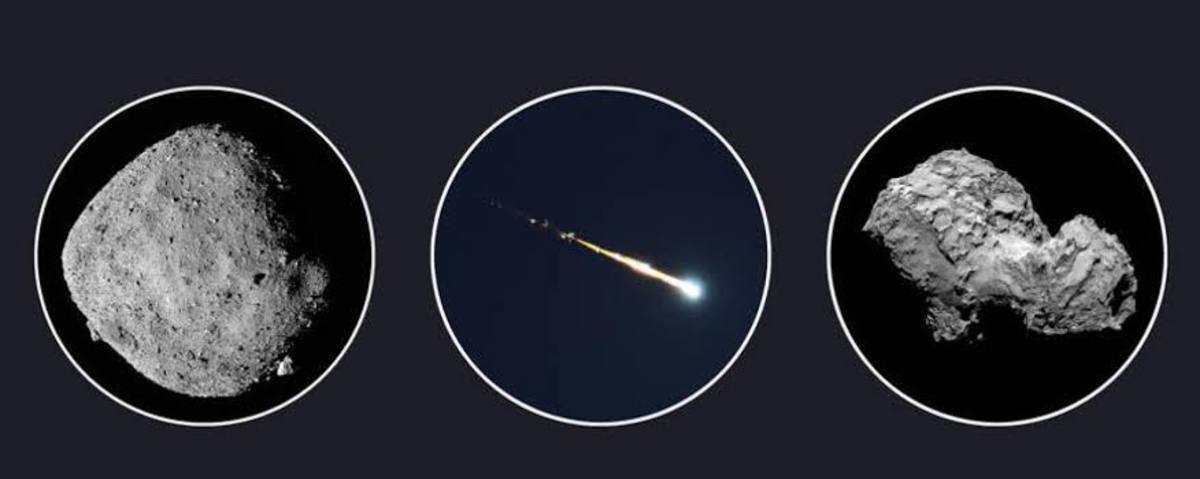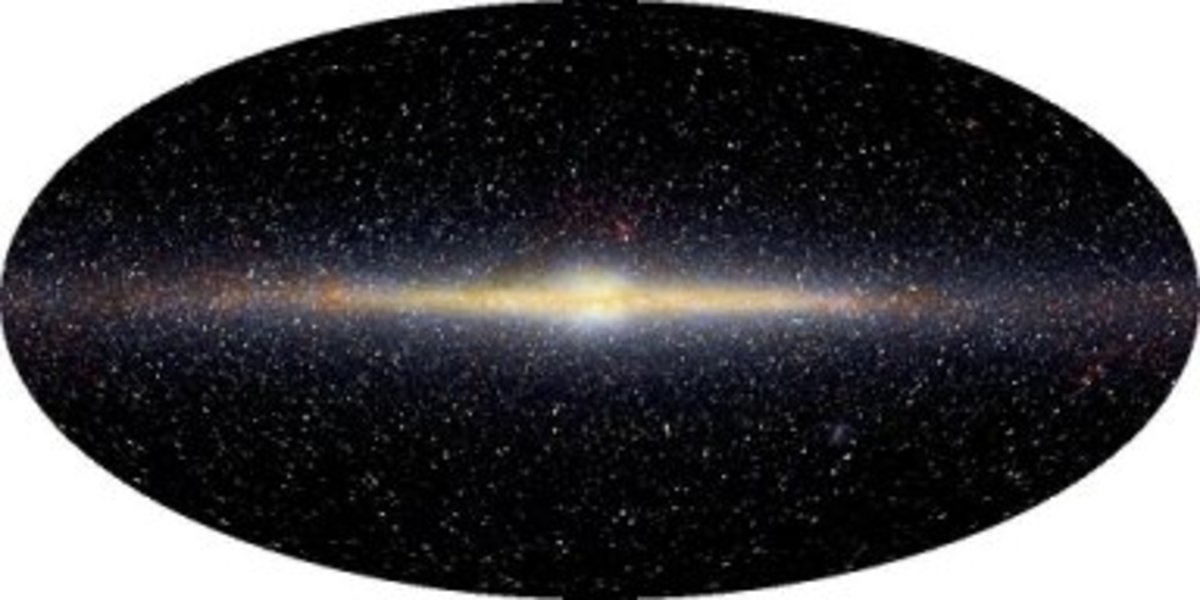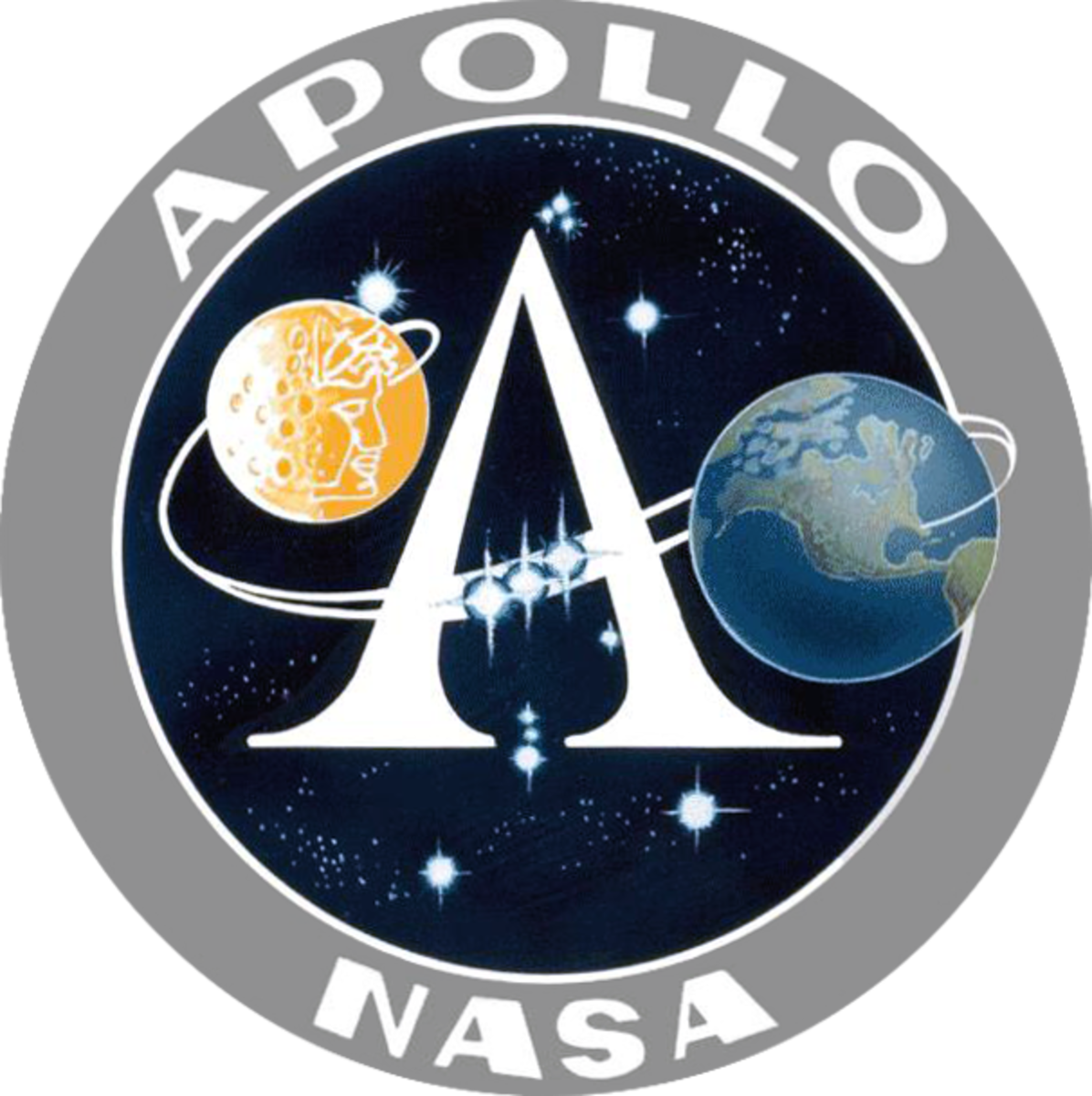Interesting Facts About Asteroids
Asteroid Belt

Asteroids are group of minor planets or lumps of rocks revolving around the sun in the asteroid belt lying between the orbits of Mars and Jupiter. Astronomers believe that there are more than 12 lacs asteroids in the asteroid belt. Of which 1 lac asteroids are more than 1 Km wide. These things are mainly composed of rocky core, icy mantle and minerals like iron and nickel. The first and largest one, named as Ceres, was discovered in the year 1801 which has a diameter of 936 Km. Since then thousands of them have been discovered and 38 among them are more than 200 Km wide. Pallas, Juno, Vesta, Hygiea, Davida, Interamnia and Europa are some other largest asteroids in the group. The asteroid named Vesok is the brightest one and it can be seen with our naked eyes.
How The Asteroid Belt Could Have Been Formed in the Solar System?
Asteroids are thought to be the primoridal objects left over from the formation of solar system. Astronomers are believing that the formation of planets could be from the nebula gas and dust particles that evolved from the sun and later the dust particles formed into a disk revolving around the sun. All the dust particles and gas coagulated with each other to form smaller and larger bodies called planetesimals, many of which eventually accreted into planets over a period as long as 100 million years. However, the gravitational force of giant planet Jupiter prevented futher accretion of planetesimals lying between the orbits of Mars and Jupiter into larger planets. Thus these mini solar bodies have become as asteroids in our solar system.
Asteroid Crashing to Earth
Every day tiny asteroids in various sizes are continuously hitting our earth. Asteroids will get the name meteorites after entering into the earth's atmosphere. Our earth would get serious impacts only if the asteroids in larger size crashed on it. Generally asteroids which likely to crash on earth would travel at a high speed of 20 to 25 Km/second. When these ateroids enter the upper atmosphere of earth at such a high speed, due to friction with the air, most part of the asteroid will burn and break up into many pieces over the large area of the sky. In fact, the burning and disintegration of the asteroids after entering into the upper atmosphere of our earth is merely responsible for the safety our earth. Incase it was not happened, we could not imagine the series of impacts that our earth might get from the asteroids.
The impact on earth is depending upon the mass, after disintegration, of asteroid at the moment of crashing to earth. It has been calculated by the astronomers that any asteroid having dia of 1 Km at the moment of crashing to earth would release the explosive power of 100 billion tonnes of TNT which would make serious global and greenhouse effects.
It is estimated by the astronomers on average one asteroid larger than 0.4 Km crashes earth every 50,000 years. About 65 million years ago a 10 Km wide asteroid crashing to earth may have been responsible for wiping out of dinosaurs. That great astronomical event would have caused catastrophic explosion affecting climate and chemical composition of global atmosphere, mega tsunamis with incredible height of thousands of ft, the cloud of super heated dust; steam and other particles would have covered entire atmosphere of earth for a decade blocking sunlight and destroying strange plants and mighty animals like dinosaurs.
Barringer Crater

Asteroid Craters
The powerful crashing of asteroids in the span of millions and millions of years have caused many craters on the surface of our earth. These are indeed most interesting part of geological structures of our earth as they have special concave appearance. In our beautiful globe there are more than hundreds of asteroid craters and 45 of them are said to have importance. Many asteroid craters have been eroded and gone down to earth. Let us see some interesting asteroid craters on our earth.
1. Barringer Crater
It is located in northern Arizona desert of USA and named after Daniel Barringer who was first person to suggest that that was an asteroid crater. About 4000 ft diameter and 570 ft deep Barringer Crater would have been created by the impact of 150 ft wide asteroid some 50,000 years ago. The astronomers suggested that the asteroid would have struck the point at the speed of 20 Km/second. It can be seen even today.
2.Chicxulub Crater
This is one of the most interesting craters as it could have been responsible for the extinction of dinosaurs and other mighty animals and plants from the earth. This is located near Chicxulub village in Mexico of North America. It would have been created by the impact of 10 Km wide asteroid some 65 million years ago. This is so huge with 170 Km diameter and it has gone down to earth. That asteroid impact could have created great changes in global atmosphere which could have been the reason for the extinction of animals like dinosaurs.
3.Gosses Bluff Crater
This is found in the center part of Australia continent. This is 24 Km wide and has gone 5 Km down to earth. This could have been created by the impact of 22 Km wide asteroid crashed earth at a speed of 40 Km/second some 140 million years ago. These days we can see only the highly eroded part of the crater.








